Jasper National Park is a 4,200-square-mile park located in southwestern Alberta. Nestled in the Canadian Rockies, this park provides visitors with the chance to enjoy a variety of natural wonders, including glaciers, hot springs and waterfalls. But, like most of the world’s other leading parks, Jasper National Park is also home to a variety of fascinating wildlife species.
We’ll share some of the park’s most notable animals below and provide a few tips that should help you spot a variety of creatures during your visit.
A Variety of Hooved Browsers
You can see several different types of hooved animals living in Jasper National Park.
Jasper National Park may be one of the best places in the world to see a variety of ungulates. The park is home to seven different hooved animals, including elk, caribou, moose, mountain goat, bighorn sheep, mule deer and white-tailed deer.

The mule deer are some of the most commonly seen hooved animals in the park, and you can often spot them in relatively crowded portions of the park. White-tailed deer are relatively rare, so they aren’t seen very often, but the park’s elk population is quite numerous and often easy to find. Just be sure to keep your distance, as elk are very dangerous animals when they feel threatened.
There are nearly 3,000 bighorn sheep living in Jasper National Park. This means that this park is one of the best places in North America to see these majestic animals. Mountain goats (which are actually a type of antelope) tend to live in higher elevations, so they’re usually only seen when they travel down into the valleys to find salt licks.
Raptors and Other Large Birds
Despite the cold climate of the area, Jasper National Park is home to a variety of bird species.
A variety of bird species scratch out a living in Jasper National Park. A few of the most notable species that call the park home include the fruit-eating bohemian waxwing and evening grosbeaks, which primarily subsist on seeds. Both of these species are fairly common in the park, and sharp-eyed visitors equipped with binoculars should be able to find them.
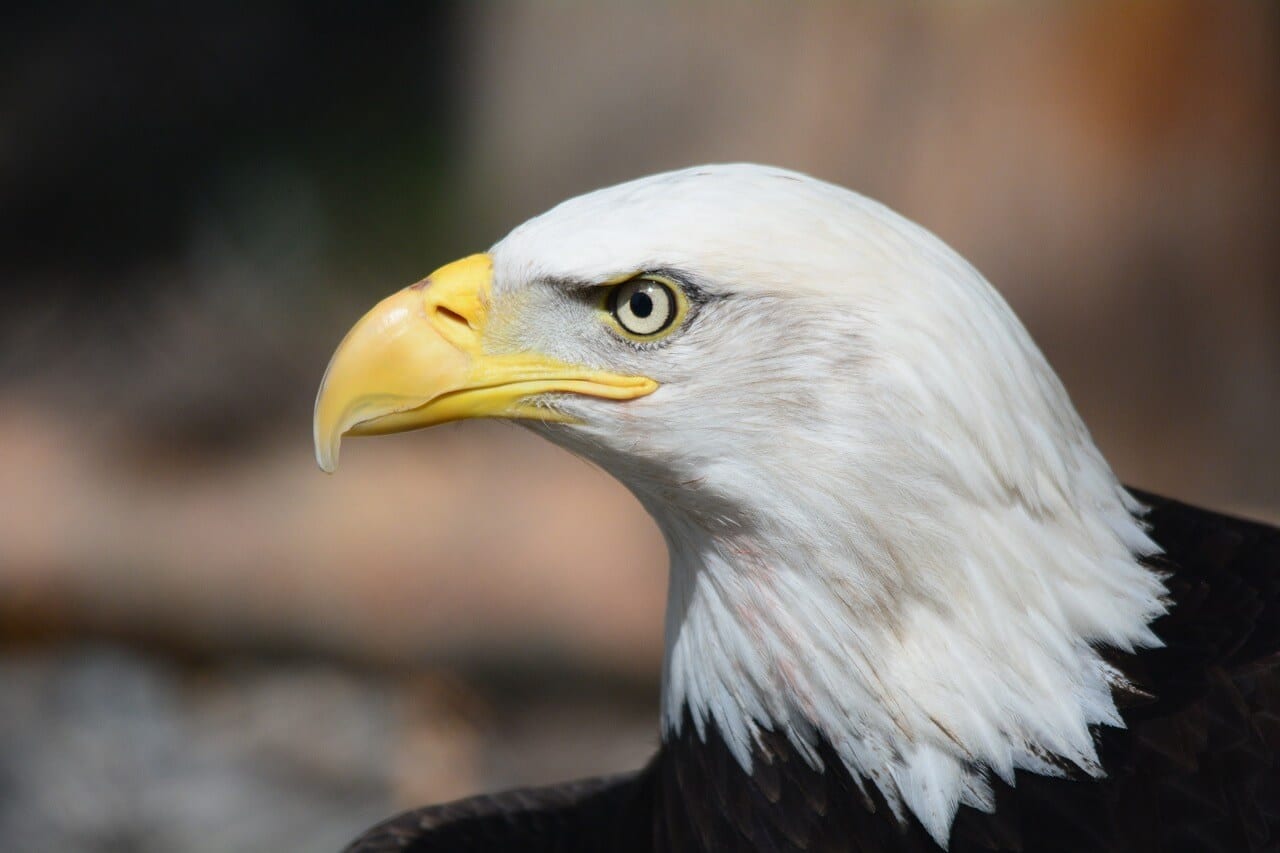
Several impressive birds of prey also inhabit Jasper National Park. Bald eagles often hunt above the park’s rivers and streams, while their cousins the golden eagles typically seek out terrestrial prey. Great horned owls also live within the park. These large, nocturnal predators occasionally take very large prey, but they primarily subsist on rodents and smaller birds.
Unusual Animals of the Park
In addition to deer and other relatively familiar species, Jasper National Park is also home to several unusual animals.
Jasper National Park gives visitors the chance to see several relatively unusual animals, which aren’t common in many other parks. For example, porcupines are pretty common throughout the northern Rockies, including portions of Jasper National Park. These large, quill-tipped rodents spend a lot of time in the trees, but you may see them walking on the ground in forests too.
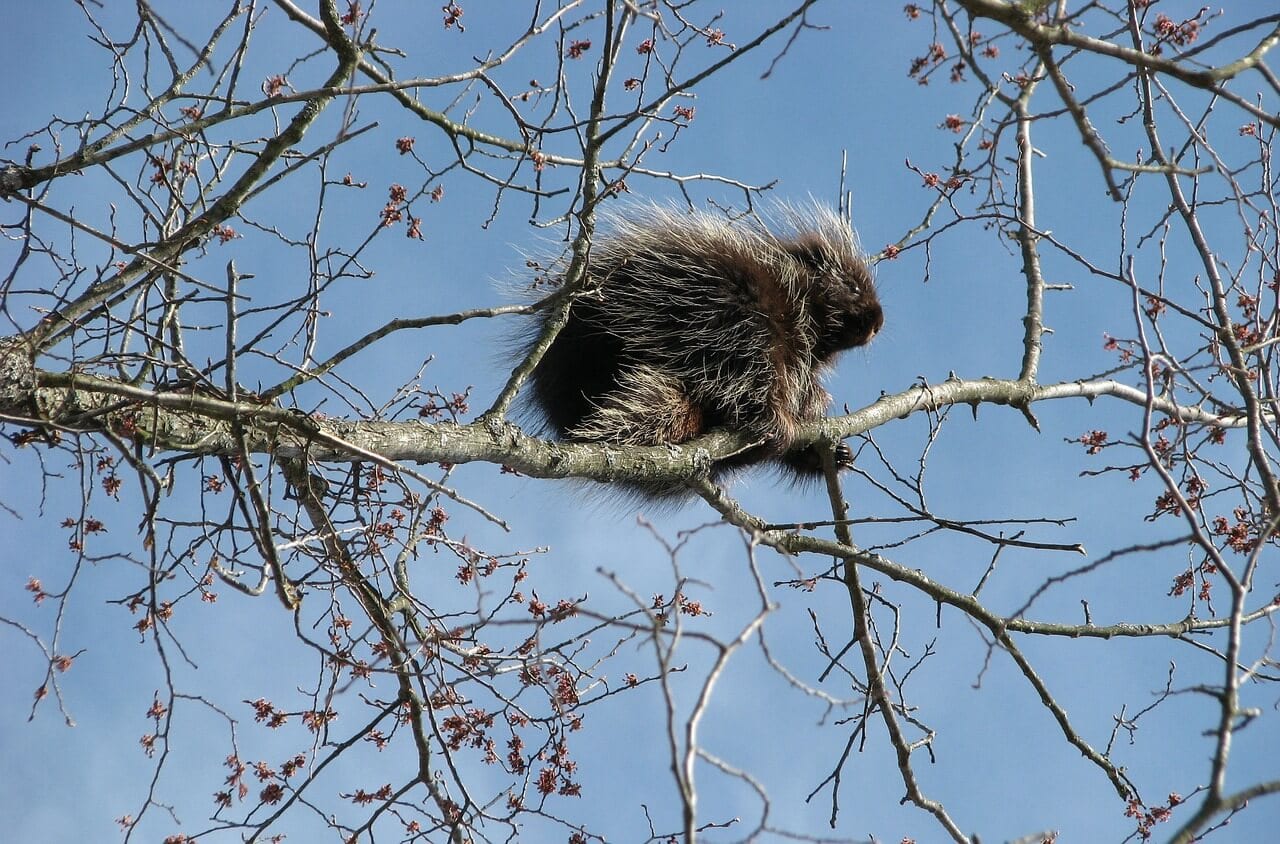
Jasper National Park also harbors a population of American pikas. However, they tend to remain above the tree line. This means visitors rarely get the chance to see them. Hoary marmots are another unusual mammal. And unlike the pika, marmots are seen relatively often. These ground-dwelling critters often live on slopes below the tree line, where they eat flowers, sedges and grasses.
Predators Who Prowl the Grounds
Thanks in part to the number of herbivores who live in the park, several predators hunt across the region.
Thanks to the rich collection of herbivores that live within Jasper National Park’s borders, several different predators also inhabit the area. Cougars, grizzly bears and gray wolves are the park’s apex predators. They primarily subsist on the park’s large ungulates. Howver, they also supplement their diet with smaller prey. This most notably includes rabbits and, in the case of grizzly bears, fish.
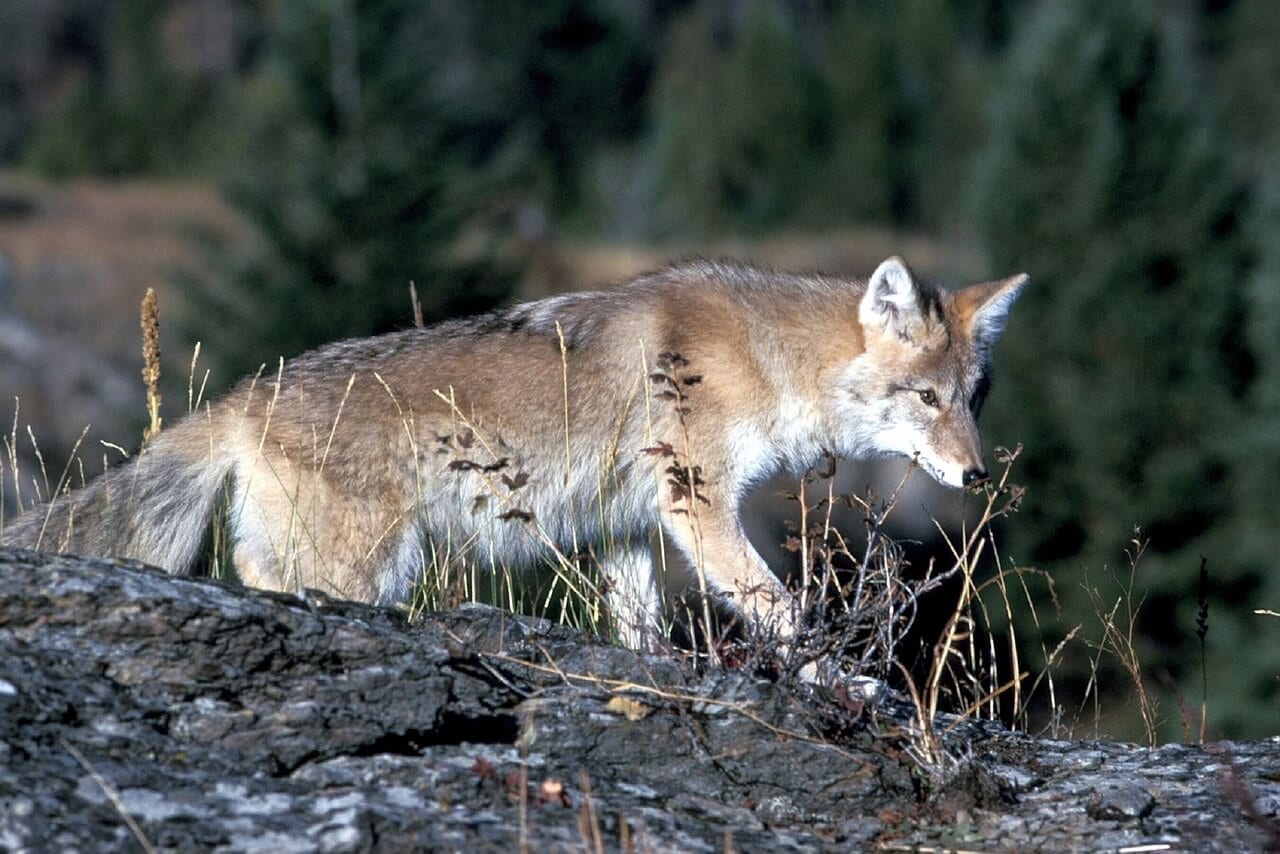
Several smaller predators also inhabit the park. Coyotes and foxes, for example, prowl the park’s forests and fields, while looking for rodents, birds and other small prey. Lynx also live in the park, as does the wolverine. Unfortunately, these predators are quite secretive, so they aren’t encountered very often by visitors.
Wildlife Viewing Tips
Employ the following tips to give yourself the best chance of seeing a variety of wildlife species.
You can always get lucky during a national park visit and stumble into wildlife sightings. However, you’ll certainly see more animals if you employ a few helpful wildlife-viewing tips. We’ll share a few suggestions below, to give you the best chance to see some of the park’s most iconic species.
- The park staff is a resource – use them! The staff members of Jasper National Park are often the most familiar people in the world with the park’s wildlife. They’re often happy to help visitors see more wildlife, so be sure to inquire about current wildlife activities and sightings.
- Bring a good pair of binoculars. While some of the wildlife species living inside the park will allow you to approach them relatively closely, others will bolt at the first sight of a human. But if you use binoculars, you can often spot animals at a great distance and watch them go about their daily lives.
- Take turns driving around the park. Many wildlife sightings will occur while you are driving on the roads inside the park. So, you’ll want to be sure to take turns driving. This way, everyone gets the chance to scan for wildlife on the roads. Pay particular attention to areas in which two habitats (such as forests and fields) meet, as animals often frequent these places.
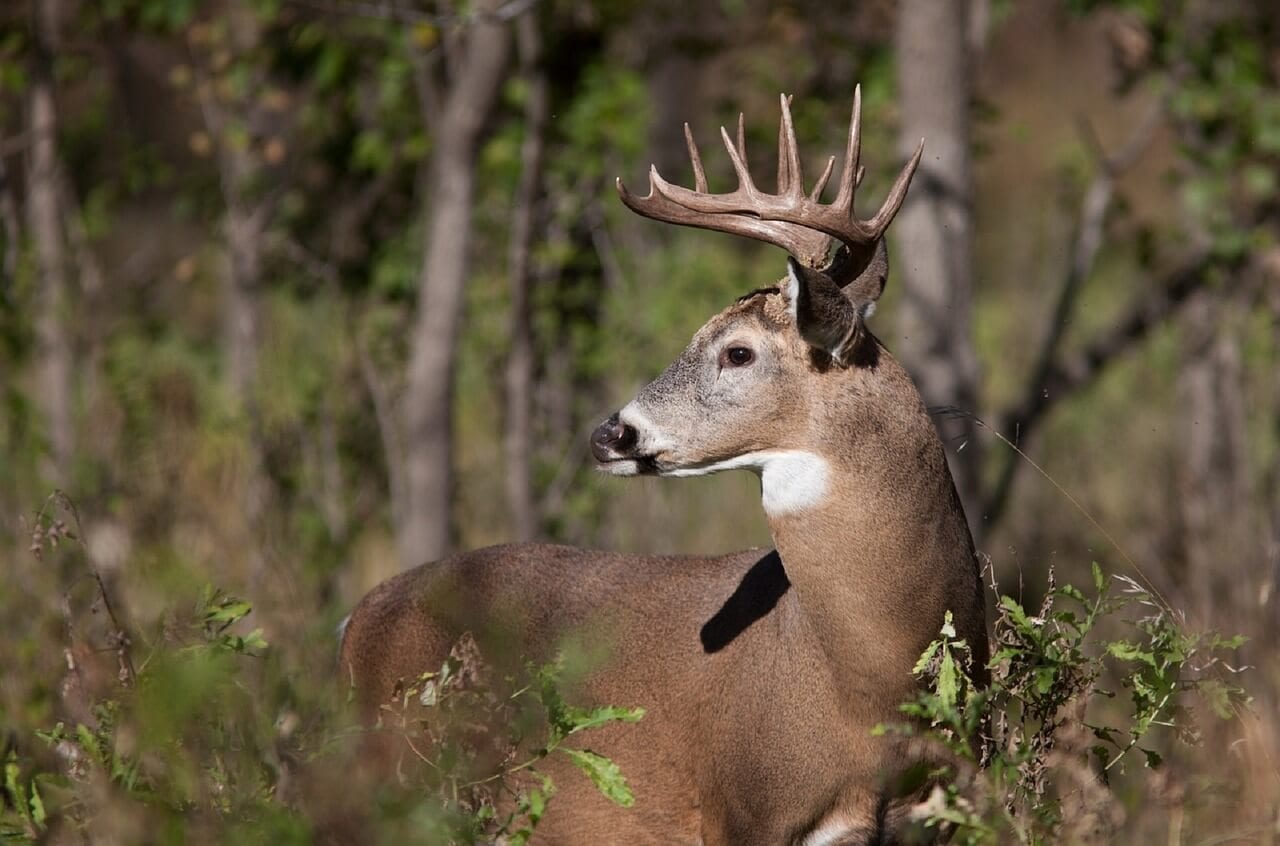
Tell Us About Your Experiences!
Jasper National Park is clearly one of the most beautiful parks in North America. Those who aren’t afraid to take on the challenges the rugged terrain and cold temperatures present will certainly enjoy their visit. Just be sure that you prepare for the environmental challenges you’re likely to face and you should have a fantastic time exploring the park.
Have you ever been to Jasper National Park before? We’d love to hear about your experiences. Tell us about the wildlife you had the chance to see, as well as some of the most impressive vistas and landscapes you found too.



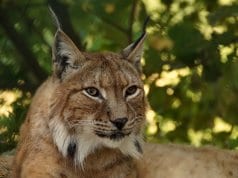
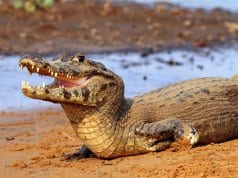
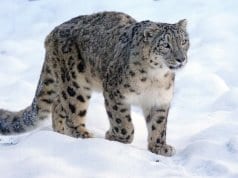
![Red Angus Closeup of a beautiful Red Angus cowPhoto by: U.S. Department of Agriculture [pubic domain]https://creativecommons.org/licenses/by/2.0/](https://animals.net/wp-content/uploads/2020/03/Red-Angus-4-100x75.jpg)

